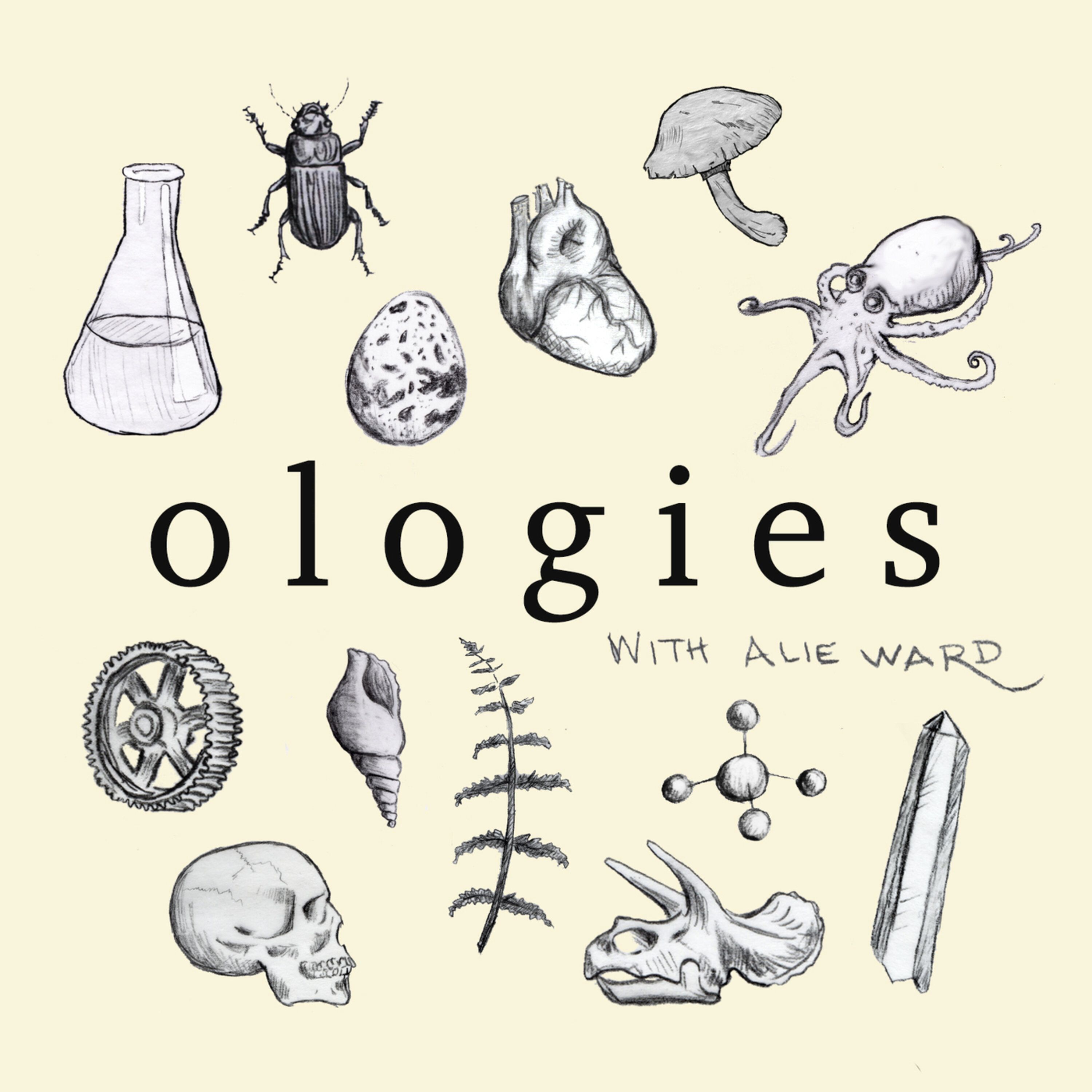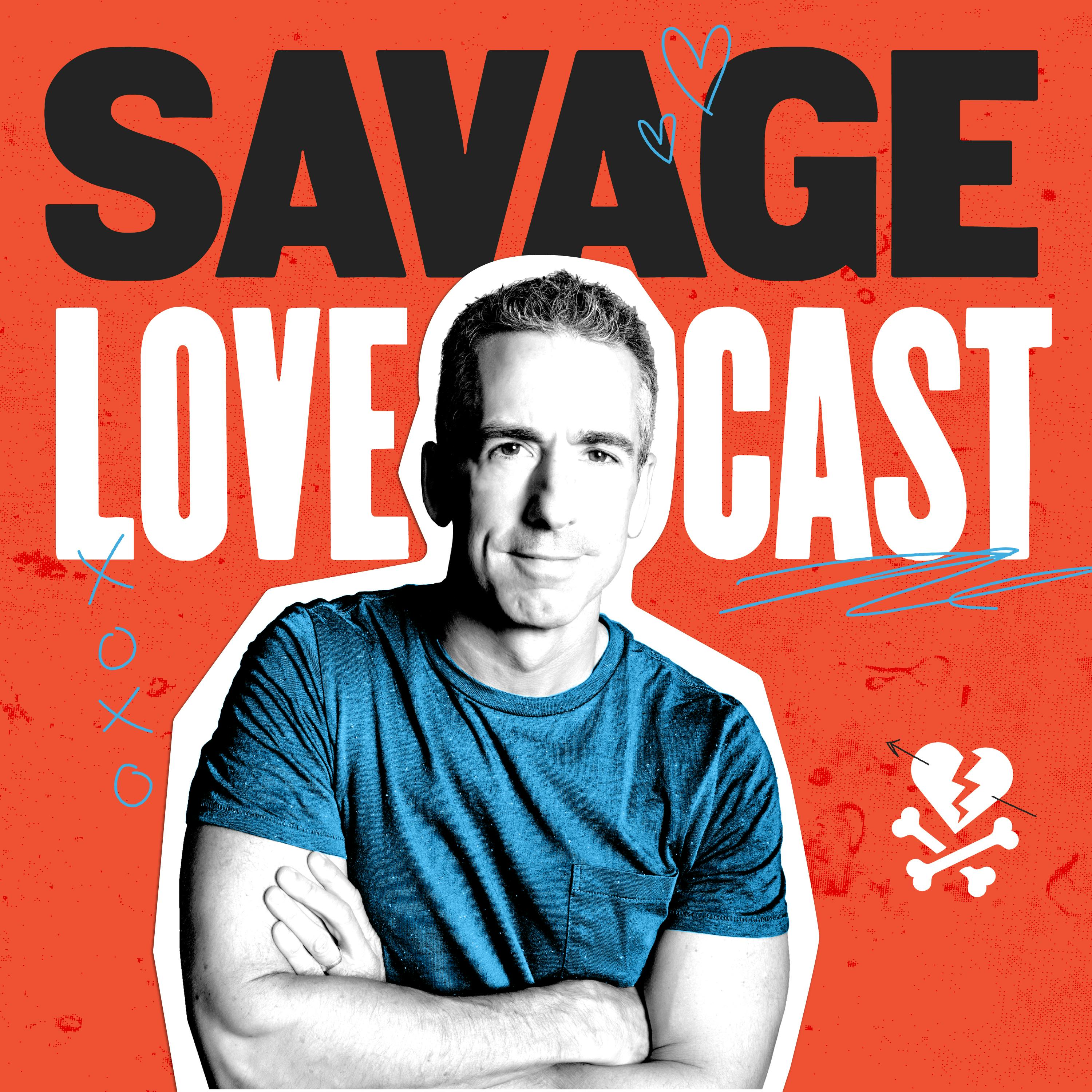
Heliox: Where Evidence Meets Empathy 🇨🇦
Join our hosts as they break down complex data into understandable insights, providing you with the knowledge to navigate our rapidly changing world. Tune in for a thoughtful, evidence-based discussion that bridges expert analysis with real-world implications, an SCZoomers Podcast
Independent, moderated, timely, deep, gentle, clinical, global, and community conversations about things that matter. Breathe Easy, we go deep and lightly surface the big ideas.
Curated, independent, moderated, timely, deep, gentle, evidenced-based, clinical & community information regarding COVID-19. Since 2017, it has focused on Covid since Feb 2020, with Multiple Stores per day, hence a sizeable searchable base of stories to date. More than 4000 stories on COVID-19 alone. Hundreds of stories on Climate Change.
Zoomers of the Sunshine Coast is a news organization with the advantages of deeply rooted connections within our local community, combined with a provincial, national and global following and exposure. In written form, audio, and video, we provide evidence-based and referenced stories interspersed with curated commentary, satire and humour. We reference where our stories come from and who wrote, published, and even inspired them. Using a social media platform means we have a much higher degree of interaction with our readers than conventional media and provides a significant amplification effect, positively. We expect the same courtesy of other media referencing our stories.
Heliox: Where Evidence Meets Empathy 🇨🇦
The Shocking Truth How Fast This Virus Spreads
Join us for an eye-opening exploration of COVID-19's airborne transmission, featuring groundbreaking research from the Lund team in Sweden. We dive into the fascinating concept of "infectious dose" - how much virus you need to breathe in to get sick - and discover some surprising findings about how quickly transmission can occur, especially during activities like singing. Learn how the latest research is changing our understanding of virus particles in the air and what it means for protecting ourselves in everyday spaces. Whether you're curious about the science or looking for practical safety tips, this episode breaks down complex research into accessible insights for everyone.
Airborne viral transmission is exceedingly complex
https://threadreaderapp.com/thread/1872986120520384620.html
Infectivity of exhaled SARS-CoV-2 aerosols is sufficient to transmit covid-19 within minutes
https://www.nature.com/articles/s41598-023-47829-8
This is Heliox: Where Evidence Meets Empathy
Independent, moderated, timely, deep, gentle, clinical, global, and community conversations about things that matter. Breathe Easy, we go deep and lightly surface the big ideas.
Thanks for listening today!
Four recurring narratives underlie every episode: boundary dissolution, adaptive complexity, embodied knowledge, and quantum-like uncertainty. These aren’t just philosophical musings but frameworks for understanding our modern world.
We hope you continue exploring our other podcasts, responding to the content, and checking out our related articles on the Heliox Podcast on Substack.
About SCZoomers:
https://www.facebook.com/groups/1632045180447285
https://x.com/SCZoomers
https://mstdn.ca/@SCZoomers
https://bsky.app/profile/safety.bsky.app
Spoken word, short and sweet, with rhythm and a catchy beat.
http://tinyurl.com/stonefolksongs
Curated, independent, moderated, timely, deep, gentle, evidenced-based, clinical & community information regarding COVID-19. Since 2017, it has focused on Covid since Feb 2020, with Multiple Stores per day, hence a large searchable base of stories to date. More than 4000 stories on COVID-19 alone. Hundreds of stories on Climate Change.
Zoomers of the Sunshine Coast is a news organization with the advantages of deeply rooted connections within our local community, combined with a provincial, national and global following and exposure. In written form, audio, and video, we provide evidence-based and referenced stories interspersed with curated commentary, satire and humour. We reference where our stories come from and who wrote, published, and even inspired them. Using a social media platform means we have a much higher degree of interaction with our readers than conventional media and provides a significant amplification effect, positively. We expect the same courtesy of other media referencing our stories.
Hey everyone and welcome back to the Deep Dive. Today we are really getting into how easily COVID-19 spreads through the air. We've got this pretty intense scientific paper from this team over in Sweden, the Lund team. Oh yeah, the Lund team. And also this Twitter thread from a big expert in aerosol transmission. Okay. So kind of two sides of the same coin. But one of the things that really jumped out at me was this idea of infectus dose, how much virus do you actually have to breathe in to get sick? We always hear about masks and ventilation, but it turns out figuring out that magic number is actually pretty tricky. Yeah. It's more complicated than you might think. For a long time, a lot of studies would just focus on how much viral RNA was floating around in the air, but RNA, that's the virus's genetic material, it can actually stick around for a while. Oh really? Even after the virus itself is actually contagious. So it's kind of like finding a dinosaur bone. It tells you something was there, but not if it's still alive and roaming around. Yeah. That's a really good analogy. Cool. Yeah. So what's really interesting about this Lund study is they actually measured the amount of live virus that people were breathing out. And to do that, they actually had to go out to people who had just gotten infected with this mobile unit. Oh wow. Dedicated. Super dedicated. Yeah. So we're talking real world data here, not just some lab experiment. Yeah. Yeah. Wow. Yeah. And one of the things they found was that the amount of live virus that people were breathing out was actually higher than expected, especially when they were singing. Oh really? Yeah. In fact, they found one person who was exhaling 127 infectious doses per second. 127 infectious doses a second. Per second. That's a lot. That's a lot. And that kind of leads to the big question. Yeah. How long would it actually take to breathe in enough of the virus to actually get sick, right? Yeah. So researchers took the data from the Lund study and they used it to make these models of transmission. And what they found was that in a regular room, it could take as little as six minutes. Six minutes. Six minutes. And if someone's been singing in the room, it could be as little as one minute. Wow. That's way faster than I would have thought. Yeah. It really highlights how quickly airborne transmission can happen. And this is kind of where this Twitter thread comes in. Okay. This expert is arguing that really understanding this initial dose of virus that's exhaled is super important for understanding everything else about transmission. Okay. So it's like that first puff of virus is kind of like the starting point for this whole chain reaction. Exactly. Yeah. Okay. But why is focusing on that number so important? Well, it impacts a lot of things. For instance, it changes how we think about masks. Right. So imagine you're in a room with someone who's releasing a ton of virus. Even a little tiny gap in your mask could be enough to let in enough to get you sick. So it's not just about the mask itself, but also how much virus you're up against. Exactly. Interesting. Yeah. It also changes how we think about ventilation. Yeah. So better ventilation obviously helps, but even with better ventilation, the Lund study showed that transmission can still happen surprisingly fast. So even if you've got good ventilation, you're not totally out of the woods. Not totally out of the woods, no. It really makes you think about all these indoor spaces we spend time in, like offices and shops and restaurants. All the time. Yeah. Yeah. So this Twitter thread really gets into this issue of measuring the initial dose of virus. Okay. And this expert is arguing that focusing on RNA levels, like a lot of studies did, can actually give you a misleading picture. Okay. So we're back to the dinosaur bones. Back to the dinosaur bones. Yeah. So just because you find RNA, it doesn't mean there's an active virus waiting to pounce. That's right. And this expert uses this analogy. Imagine trying to figure out how many people live in London just by measuring the size of a graveyard. Oh, interesting. Right. You're going to get a really, really skewed picture because the graveyard is only telling you about the people who were there, not who's there right now. Yeah. Yeah. Yeah. Right. So how does this expert tie this back to the Lund study? Yeah. Well, they point out that the Lund team went to a lot of trouble to measure the actual infectious virus, not just RNA. Right. And what they found, that high number of infectious doses that people were breathing out, it kind of reinforces that idea that we need to be paying attention to the amount of live virus that's being released, not just its genetic leftovers. Yeah. Really interesting. So, I mean, we've already learned a lot in this first part of our deep dive. Like that measuring the actual infectious virus, not just RNA, is really crucial and that the Lund team actually took on that challenge. Yeah. We also saw how fast COVID can spread through the air, sometimes in a matter of minutes. Pretty amazing stuff. Really is. And the Twitter thread adds another layer to this. Understanding how much virus someone's breathing out is kind of like the foundation for figuring out everything else about transmission. Like it helps us evaluate masks, ventilation, all sorts of factors. Makes us think differently about those everyday spaces, you know, we inhabit. Correct. Sure. Yeah. But we're not done yet. In the next part of our deep dive, we are going to explore this idea of infectious dose in a lot more detail. Like we'll define what it means. We'll discuss why it's so important for understanding how to protect ourselves. So stay tuned. So infectious dose. Okay. Sounds pretty straightforward, right? Like it's the amount of virus you've got to breathe into to actually get sick. Yeah. But it's actually a little more complicated than that. Really? Okay. What makes it so tricky? Well, first of all, it can change from person to person. Oh, really? Yeah. Your age, like how healthy you are overall. Even if you've been exposed to the virus before, all those things can make a difference. So there's not just like one magic number that applies to everybody. Yeah, not exactly. It's more like a range. And on top of that, the infectious dose can also change depending on like the specific strain of the virus you're dealing with. Oh, interesting. Yeah. Some variants might be more contagious than others, meaning you need a smaller amount to actually cause an infection. That makes sense. Yeah. So how does this all connect back to the LUNS study and all this talk about measuring live virus? Yeah. Great question. The LUNS study, it helps us understand how much infectious virus is actually being put out into the air. And that's like a super important piece of the puzzle when we're trying to figure out like how long does it take to actually inhale an infectious dose? Okay. Yeah. I see the connection. So if we know like how much someone is breathing out and we have some idea of how much it takes to get sick, then we can start to kind of model how fast the transition's going to happen. Exactly. Yeah. And the Twitter thread we were talking about, it really highlights why this is so important. This expert, they really emphasize that we need to change our thinking from just like detecting the virus, like, "Oh, is it there or not?" Like finding those dinosaur bones to actually measuring like how much live infectious viruses is out there. So it's not about just the remnants. It's about the active threat. Right. And the experts arguing that this shift in focus, it has like big implications for how we think about protecting ourselves. For instance, remember how the LUNS study found that singing released a surprisingly high amount of virus. Oh yeah. 127 infectious doses per second. Yeah. Well, if you're thinking in terms of infectious dose, that finding suddenly becomes even more like, "Whoa." It means that even a really quick burst of singing could be enough to potentially infect someone nearby. So maybe think twice before belting it out at karaoke night. Yeah, maybe. But on a more serious note, it really underscores the importance of thinking about the context, right? When you're assessing risk, like if you're in a really crowded indoor space, there's not great ventilation and people were like talking loud, singing, the risk of breezing in an infectious dose is going to be way higher than if you're in a well-ventilated space and everyone's just chatting quietly. It's all about layers of protection, right? Right. Like the more things that kind of line up in favor of the virus, the higher the risk. Exactly. And this Twitter thread, it also touches on another really important point, the size of the particles, the aerosol particles that are actually carrying the virus. Okay. Yeah. I remember we mentioned particle size, but I don't think I fully grasped the significance. So can you explain how that ties into all of this? Sure. Yeah. So the size of the particles matters because it affects how far they can travel in the air and how easily they can get around masks, bypass masks. Smaller particles, they can kind of hang out in the air for longer and they can slip through even teeny tiny gaps in a mask. So a mask that might work great against bigger droplets might not be so good at filtering out those tiny little virus carrying particles. That's exactly right. And this is where the findings from that LUNS study, they become even more like, whoa. Okay. Remember, they found that the amount of infectious virus being exhaled was higher than you'd expect just based on the size of the particles alone. Yeah. It's like those tiny particles are packing more of a punch than we realized. Exactly. And that just adds another layer of complexity to this whole infectious dose thing. Right. It means that even if you're only exposed to a small number of particles, the amount of virus inside those particles could still be high enough to be a problem. So it's not just about the quantity of particles. It's also about how much virus they're carrying. Right. And this is where that expert's emphasis on measuring the actual infectious virus, it becomes so crucial. We need to understand not just how many particles are in the air, but how much actual live virus they contain. To really get an accurate picture of the risk. Exactly. You got to look beyond the surface and really dig into the details. Yeah. Really interesting stuff. So while this might sound a little bit complicated, I think that the takeaway message is actually pretty straightforward. Yeah, absolutely. But what's the key message here? The key message is that understanding this concept of infectious dose helps us make better decisions about how to protect ourselves. By thinking about things like ventilation, mass quality, the types of activities people are doing, we can get a much better idea of the risk of breathing in enough virus to actually get sick. So it's about taking this holistic approach. Yeah. Not just relying on one single thing to protect you. Exactly. And while there's still a lot we don't know about infectious dose for COVID-19, the research we've been talking about today, it sheds some really important light on this crucial aspect of transmission. It's a reminder that we need to be thinking about that actual live virus that's out there, not just the presence of its genetic material. And that awareness can help us make smarter choices about what risks we're willing to take and what precautions we need to have in place. But before we get ahead of ourselves, I think it's time to bring this back to our listeners. How does all of this pretty complex science actually translate to their everyday lives? Stay tuned as we explore that very question in the final part of our deep dive. All right. So we've covered a lot of ground here. We've talked about infectious dose, the importance of measuring the actual live virus, and how things like singing and particle size can all impact transmission. But now let's bring it all home. What does this mean for you, the listener, out there in your daily life? Well, I think the biggest takeaway is that we can't just rely on simple rules of thumb anymore. It's not just about staying six feet apart or washing our hands a lot. We really need to be thinking about the air we breathe and how to minimize our exposure to those infectious particles. So it's about being more aware of our surroundings and making decisions based on the specific situation. Exactly. For example, let's say you're invited to a party at a friend's house. You might want to ask them about their ventilation. Do they have windows open? Are they using an air purifier? Yeah, that's a really good point. It's not rude to ask those questions anymore. It really shows you care about your health and the health of other people. Absolutely. And if you're the one hosting, you can take steps to make your space safer. Open some windows, use fans to get the air moving, and maybe even encourage guests to wear masks if they're comfortable. It's all about those layers of protection. Right. And remember, this isn't just about COVID-19. Right. Understanding airborne transmission is important for all kinds of respiratory viruses, from the flu to the common cold. So the stuff we've learned in this deep dive, it can actually help us stay healthier all year round. Exactly. Yeah. And as new research comes out, we can keep adapting and keep learning, keep our strategies up to date. It's about empowering ourselves with knowledge and then using it to make smart choices. Exactly. And remember, science is always a work in progress. Yeah. There's always more to learn. That's why we really encourage you to check out the full scientific paper and that Twitter thread. We'll include links in the show notes. Yeah. Don't be afraid to kind of dig in and explore the research yourself. And if you have any questions or thoughts, we'd love to hear from you on social media. Yeah. We're all in this together, right? And sharing knowledge is one of the best ways to stay safe and healthy. Well, I think this has been a really, really insightful deep dive. We explored some pretty complex stuff about airborne transmission. And I think we came away with a much better understanding of how to protect ourselves and others. Yeah. It's been great. It's been a pleasure diving deep with you. Likewise. And thank you, the listener, for joining us on the deep dive. Until next time, stay curious, stay informed, and stay safe.



















